The book Educating students to improve the world has one primary purpose: collaboration between the academic knowledge and the practice to improve the education of global citizens. The author puts forward five perspectives that make it possible to cover global education: cultural, psychological, professional, institutional and political. Reimers aims to be useful both to scholars studying global education and its change and to practitioners by providing a multidimensional theoretical foundation.
The author puts forward five perspectives that make it possible to cover global education: cultural, psychological, professional, institutional and political
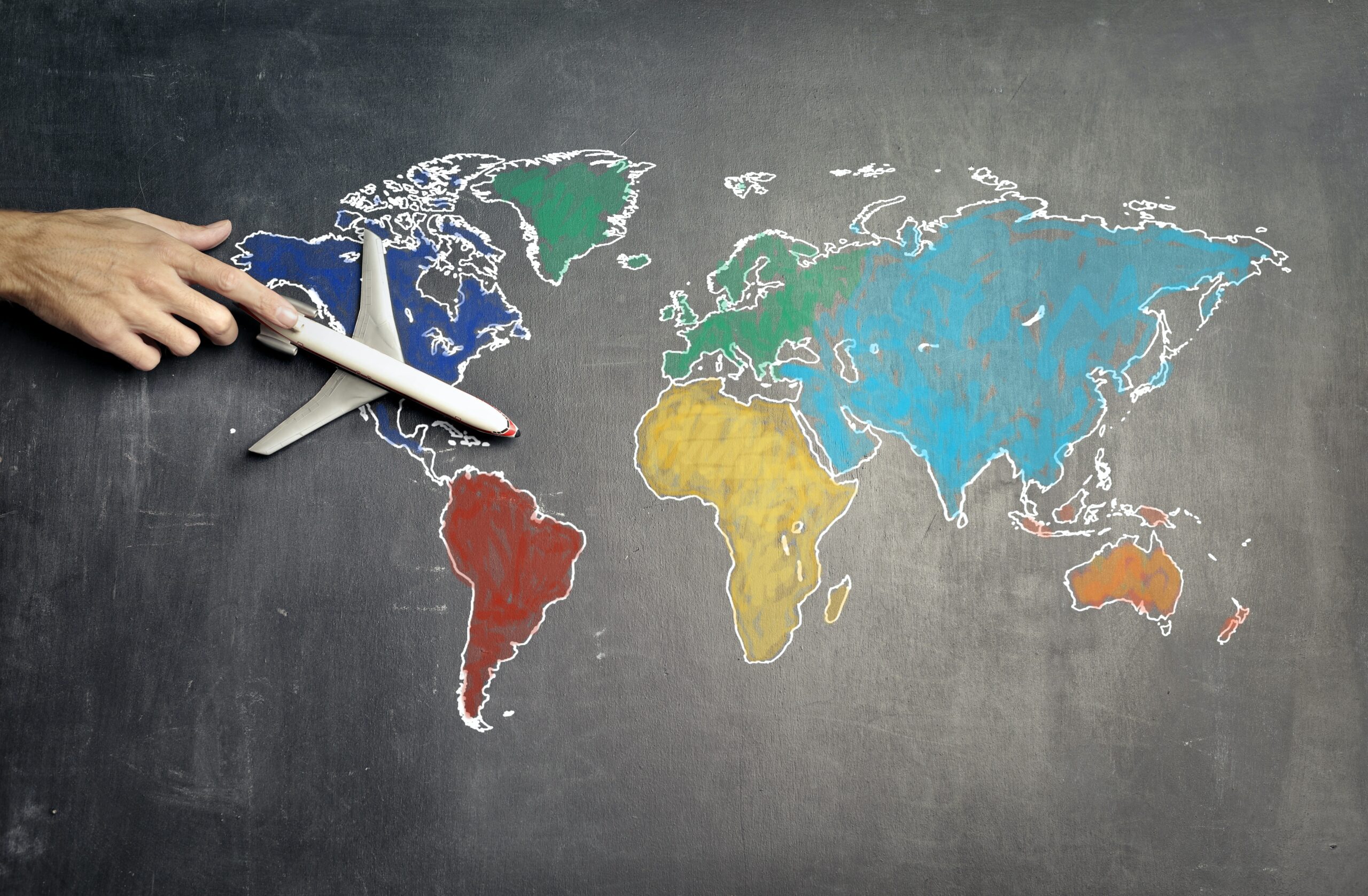
What is global education, and why is it important?
The increasing globalisation of our world and its impact on society, economy and lifestyles are the main reason for the growing interest in promoting global competence as a learning objective. As discussed in the Global Competence Framework (PISA 2018),
Today’s young people must not only learn to participate in a more interconnected world but also to appreciate and benefit from cultural differences. Developing a global and intercultural perspective is an ongoing process that education can shape.
The report Global competency for an inclusive world (OECD 2018) defines global competence as: the ability to analyse local, global and intercultural issues, to understand and appreciate the perspectives and worldviews of others, to engage in open, appropriate and effective interactions with people from other cultures, and to act for collective well-being and sustainable development and considers it multidimensional and lifelong learning that schools should offer to all young people.

The global competence it is multidimensional and lifelong learning that schools should offer to all young people
This definition includes four dimensions that people need to live fully in a global world: 1. the ability to analyse problems and situations of local, global and cultural significance (poverty, economic interdependence, migration, inequality, environmental risks, conflicts, cultural differences or stereotypes); 2. the ability to understand and appreciate different perspectives and worldviews; 3. the ability to interact positively with people from different national, ethnic, religious, social or cultural backgrounds or of a different gender; 4. the ability and willingness to take constructive action towards sustainable development and collective well-being. These are interdependent and overlapping. Thus, when students from different cultural backgrounds work together on a common school project, they should: 1. analyse their cultural differences to get to know each other better; 2. understand different perspectives on the project; 3. interact openly and resolve possible conflicts; 4. recognise what they learn from each other to improve in social relations.
Intercultural education, education for sustainable development and global citizenship education are all models of global education. They all share a common goal of fostering learners’ understanding of the world and enabling them to express their views and participate in society. It is from the generalisation of the competence-based approach that we speak of democratic competence or global competence.
The aim of the dimensions is to foster pupils’ understanding of the world and to enable them to express their views and participate in society

From global education to global competence: a bit of history
Global education has a history of its own. Various institutions and bodies have made their contributions over the centuries: from a cosmopolitan project such as the Enlightenment (18th century), through the inclusion of the right to education in the Universal Declaration of Human Rights (1948), to the various milestones in the history of Unesco (In 1973 the report commissioned to Edgar Faure Learning to be on the need for students to remain lifelong learners; 1974: Recommendation concerning education for international understanding, cooperation and peace and education relating to human rights and fundamental freedoms; 1996: the Delors Report, which proposed an integrated vision of education through four objectives for education: learning to know, to do, to be and to live together).
It is precisely in the Delors Report’s goal of “learning to live together” that cosmopolitan perspectives for global education are being adopted. In 1997, the OECD launched the DeSeCo Project (Definition and Selection of Competencies), identifying key education systems, general objectives, and lifelong learning. This initiative must be added to the OECD’s Programme for International Student Assessment (PISA).
In the 1990s, the USA and other countries started studies to define critical competencies for the 21st century. A recent report by the World Economic Forum (2020) describes eight characteristics of high-quality education, including, first and foremost, global citizenship competencies. One of the SDG4 (Sustainable Development Goals) educational targets focuses specifically on global citizenship education.
Fernando Reimers directs the Global Initiative for Education Innovation at Harvard University. He aims to learn from the efforts of governments in different countries to reform their education system, with a commitment to improving well-being and inclusion around the world. According to the World Economic Forum (2020), the various risks that exist globally are: environmental, economic, geopolitical, social and technological that interact with each other and amplify their effects. In 2015, the United Nations General Assembly adopted a compact of 17 goals that articulate the conditions for an inclusive and sustainable world. These are the SDGs whose goal 4, focusing on quality education for all, includes an aim towards education for global citizenship and reflects cosmopolitan views stemming from the Enlightenment. These are goals that, Reimers argues, can serve as a basis for curriculum development.
Performing global assessment activities positively changes students’ attitudes
As we know, PISA examines the ability of 15-year-old students in more than 70 countries to put their skills and knowledge into practice in different life circumstances. PISA 2018 asked students about ten learning activities related to global competence. On this occasion, 76% of students in OECD countries indicated they had exercised on “learning about different cultures” in their school; 64% about “learning how to resolve conflicts with classmates”; while 62% of them on “learning that people from other cultures may have different perspectives on some issues”.
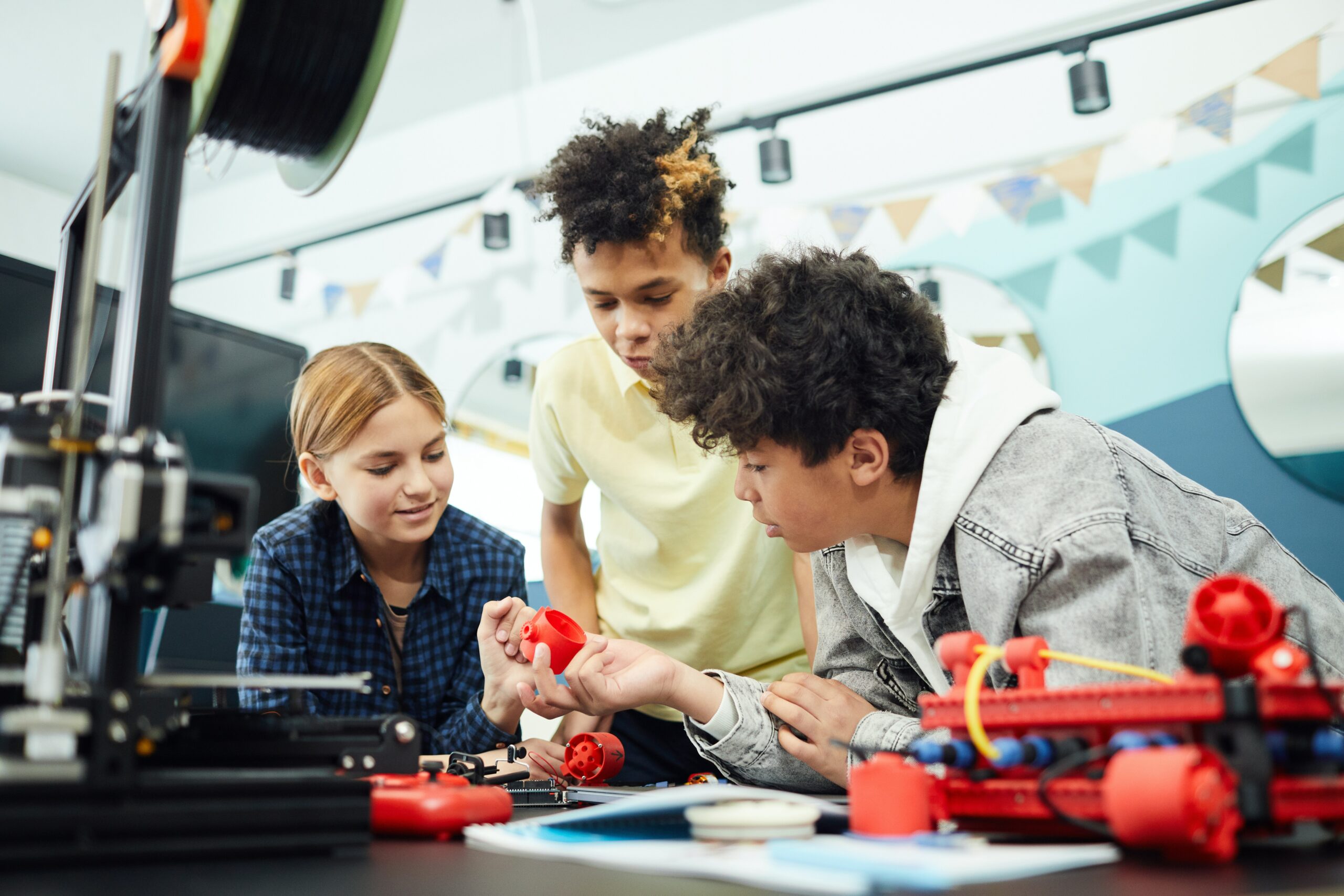
The amount of global education activities a student undertakes is related to his or her positive global competence activity
Another aspect of this report is that students’ attitudes and dispositions are positive and associated with the number of global competence learning activities they do in their school. In any case, differences in access to global and intercultural learning opportunities at school are found between boys and girls and between students with good socio-economic backgrounds and disadvantaged students.
PISA 2018 results show that there are topics related to global competencies which are often included in the school curriculum. Climate change and global warming are the most prominent. However, the least common aspect was global health, such as epidemics. One of the conclusions of the report is that it is not enough to provide sporadic activities when a systematic approach is necessary for effective learning. Furthermore, it is important to ensure equitable access to these learning opportunities. (OECD 2020 PISA in Focus 2020/109 (Octubre)
Reimers’ model for an effective global education
As we have seen in the PISA results, to achieve sustainable educational change it is important to ensure a systemic approach. Some attempts to incorporate global education into the curriculum, says the author, have failed because of inconsistent implementation guidelines. And also because they are based on partial and fragmented foundations. Reimers suggests a holistic model that includes five perspectives that must co-occur, as we initially said.
1. The cultural perspective
It has to do with a holistic view of how interrelated schools and society are. This perspective values the concept of education and the role that schools and teachers should have. Another aspect is the approach given to values in the curriculum and how they are developed. For example, whether we are more concerned about knowledge or skills or rather opt for a transmitting or transformational model, among others. It is also related to the value society places in teachers, i.e. on the degree of confidence in them: the level of success in implementing a programme for the education of global citizens will depend on this.
2. The psychological perspective
Designing a curriculum that contemplates global education must consider the theory of learning and teaching and the evidence obtained through successive research. The lack of pedagogical proposals in this field could also be the consequence of the lack of consensus in defining the concept of global competence. Reimers advocates for the involvement of teachers in the design of a global education process, this being understood as a transversal learning process, not just as an alternative to the stipulated subjects because this approach helps to dilute teachers’ preconceived opinions and to understand that interdisciplinary collaboration is essential.
Implementing a quality programme in global education is only possible with sufficiently experienced and trained teachers. It implies the importance of the challenge of teacher training in acquiring the knowledge and skills for global education and their professional development as teachers.
We find interesting the Protocol for developing a shared vision of global education and creating a prototype curriculum based on the SDGs (Reimers et al., 2017), which we summarise below:
-
- Establish a leadership team
- Develop a long-term vision
- Implement a framework of knowledge, skills and dispositions.
- Audit the existing curriculum
- Design a prototype integrated into the existing curriculum.
- Communicate the vision, the framework and the prototype.
- Revise the prototype and provide an implementation plan.
- Identify needed resources
- Develop a framework for monitoring implementation.
- Plan a communication strategy
- Implement a professional development strategy
- Execute the prototype
- Evaluate its implementation
It’s vital to mention that facilitating teacher involvement in curriculum design to “improve the world” taps into this powerful intrinsic motivation of many teachers (p. 99).
Designing a curriculum that contemplates global education must consider the theory of learning and the evidence obtained research
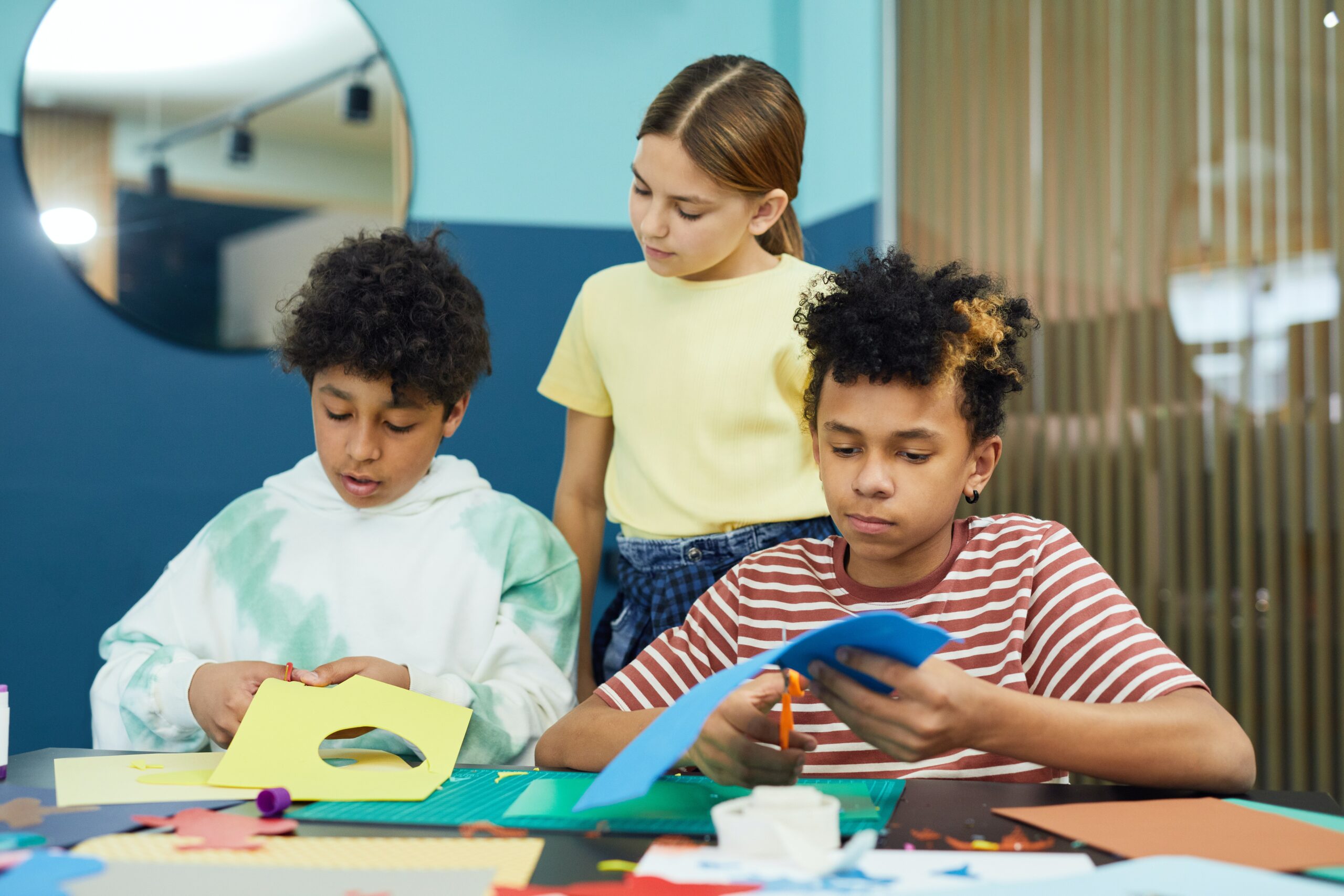
3. The professional perspective
It considers the practice of learning guided by an expert and specialised knowledge, according to the structured roles of teaching professionals. This perspective recognises teaching careers, initial and in-service teacher education and accreditation as essential elements that cannot be ignored. Other vital elements are autonomy in the exercise of the profession, research, evaluation and teaching resources.
4. The institutional perspective
Undoubtedly, the elements that make up the education system within an institutional framework – standards, structures, curriculum, assessment, school organisation, etc. – must be aligned: education is a goal-oriented process. Therefore, it is essential to establish criteria and indicators to show whether or not and to what extent these are achieved
The curriculum should provide a basic and a personalised offer to acquire a minimum and common knowledge. However, the data available through studies and reports by UNESCO (2017), among others, indicate that without strong support from organisations, global education can’t make an effective place for itself in the curricula of countries. It means applying evidence-based pedagogies to support deeper learning and 21st-century skills.
School organisation is another key element that conditions the role of teachers, especially in delivering programmes including the global citizenship competencies together with the challenge of addressing activities for all learners, i.e. a challenge of an inclusive vision of global education. However, a curriculum that promotes global education will make little change to the core of learning without adequate professional development and a student assessment system based on these skills.
5. The political perspective
It cannot be forgotten that education affects the interests of different groups: students, parents, teachers, administrators, companies, trade unions… even within themselves; conflicts of interests are therefore inevitable. Reform can sometimes minimise them depending on the position of the active groups and their ability to negotiate and reach consensus. A helpful theory must consider this multidimensional view of the change in education, which provides a deeper insight and a broader understanding.
Reimers’ curriculum design
Reimers remarks on some pedagogical principles that guide curriculum design: defining clear objectives for knowledge, attitudes, and action and focusing on interdisciplinary units that will fit into coherent grade-level themes and giving them scope and sequencing within the curriculum as a whole. Another aspect is the promotion of personalisation and the choice of project-based methodologies, design thinking, and teachers and students’ involvement with parents. (p. 69-70)
The defined competencies include:
- Intercultural competence
- Interpersonal skills
- Intrapersonal skills
- Ethical orientation
- Knowledge and skills
- Culture, religion, history and geography
- Politics and government
- Economics, business and entrepreneurship
- Science, technology and innovation, and globalisation
- Public health, population and demography
- Working and thinking habits
A book, in short, that becomes a solid guide to respond to the challenges we live in our ever-changing society through innovation and the development of student’s abilities to engage in an interdependent world.
You might also like

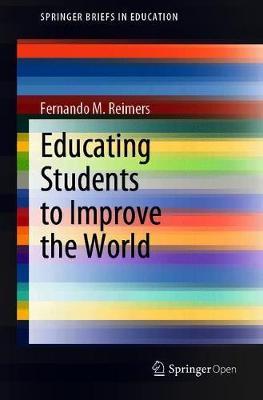






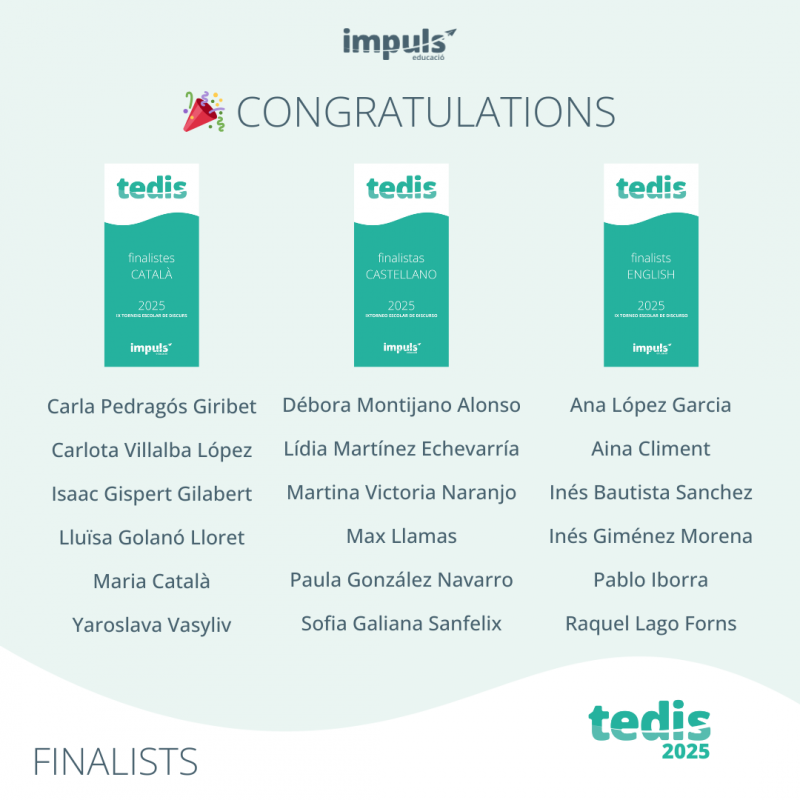

Leave A Comment